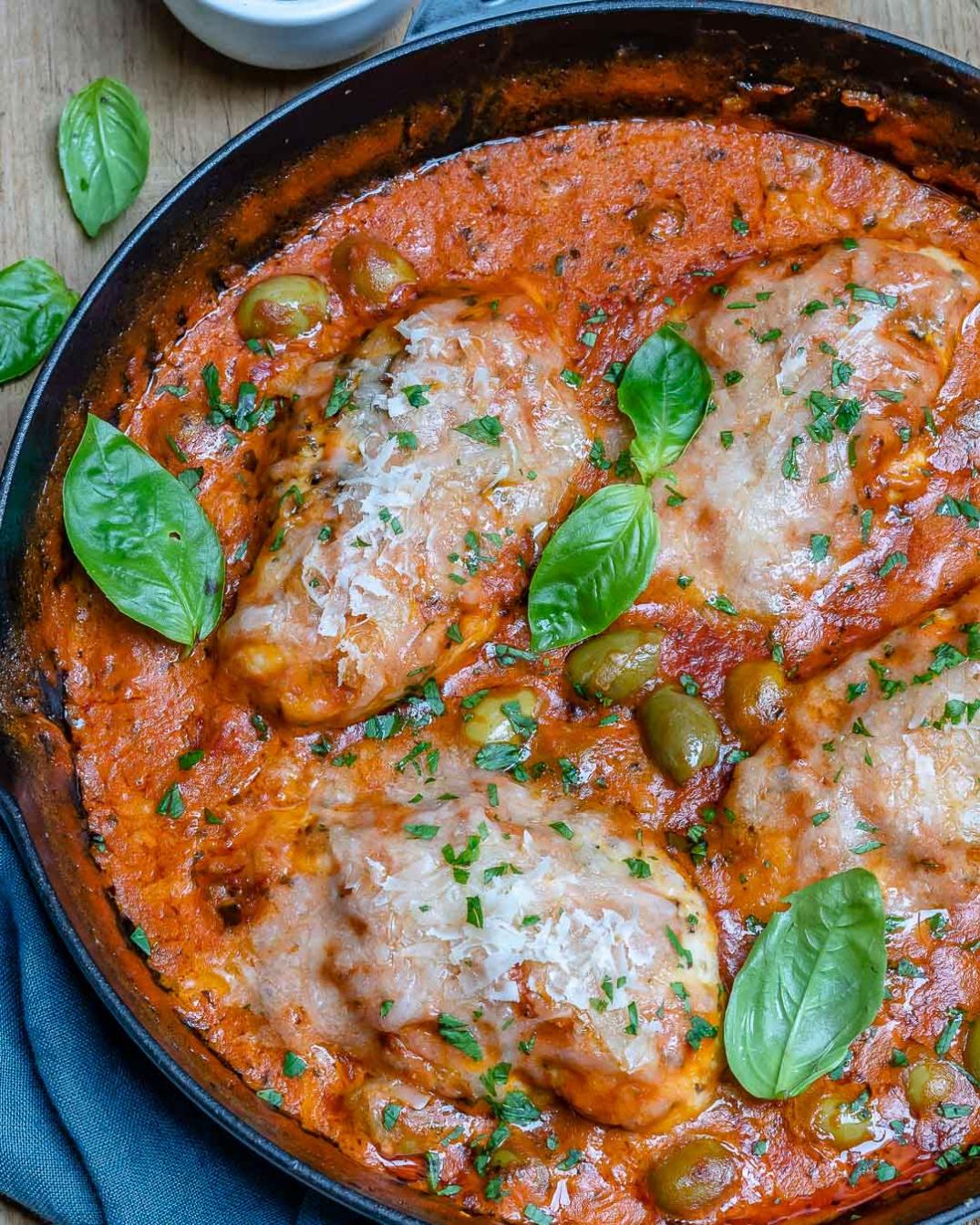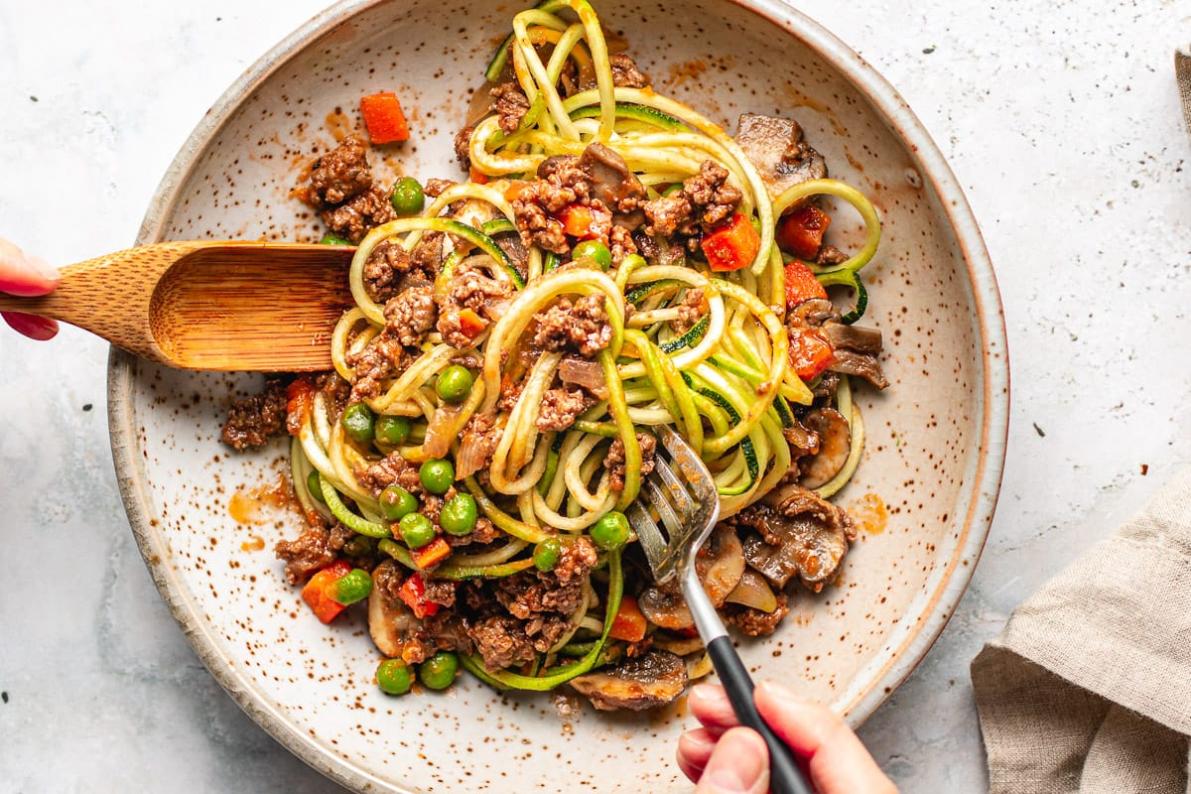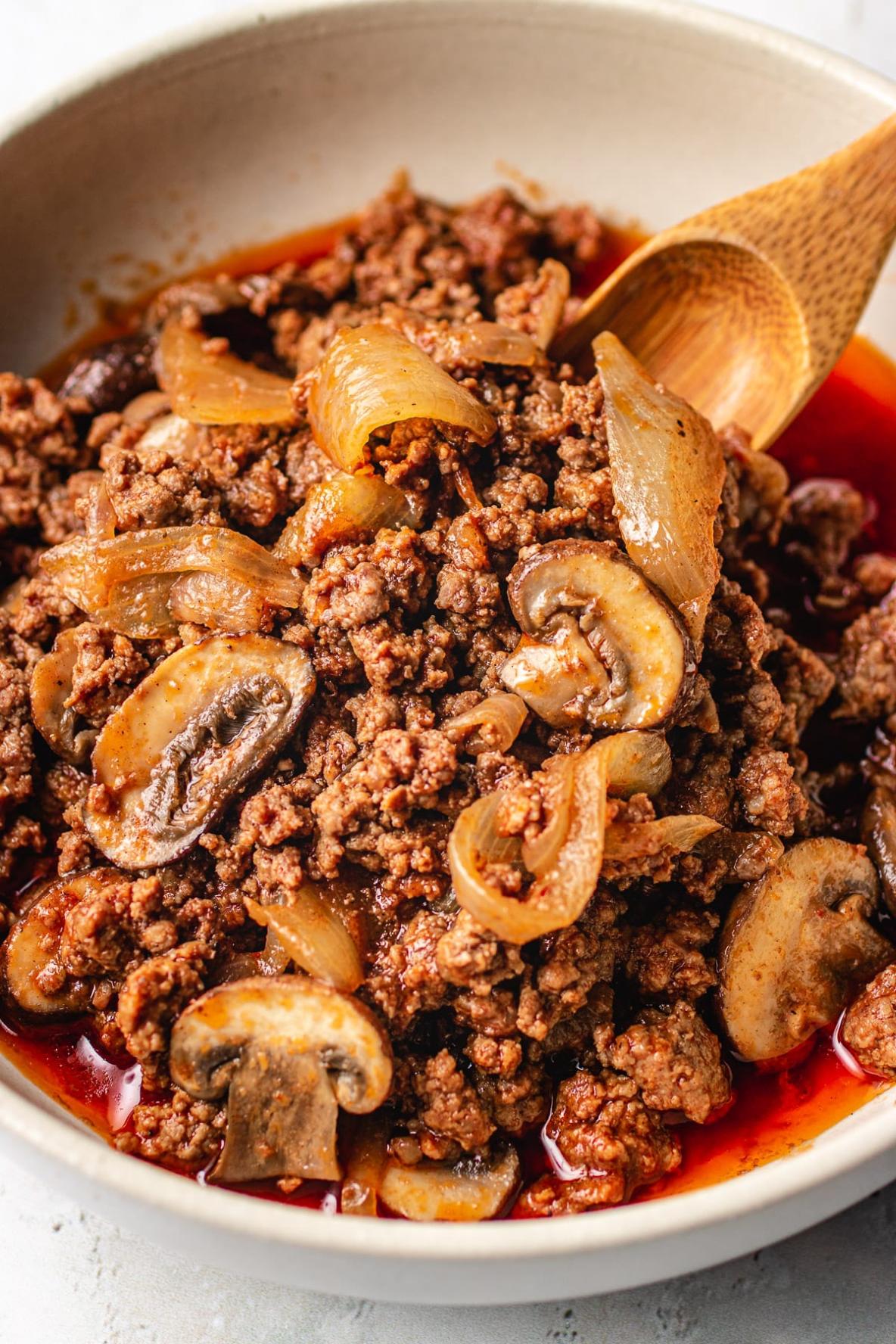How to Store and Reheat Keto Recipes Safely
The keto diet, a low-carb, high-fat eating plan, has gained immense popularity for its potential benefits in weight loss, blood sugar control, and overall health. As more individuals adopt this lifestyle, understanding how to store and reheat keto recipes safely becomes crucial to maintain their nutritional value and ensure food safety.

I. General Storage Guidelines For Keto Recipes
1. Refrigeration And Freezing:
Perishable keto recipes, such as cooked meats, dairy products, and prepared dishes, should be refrigerated promptly after cooking to prevent bacterial growth. Refrigerate at temperatures below 40°F (4°C) for up to 3-4 days.
For longer storage, freezing is recommended. Freeze keto meals in airtight containers or freezer bags at 0°F (-18°C) for up to 3-6 months, depending on the type of food.
2. Airtight Containers And Labeling:
Use airtight containers to store keto recipes to prevent moisture loss, freezer burn, and contamination. Label containers clearly with the date of preparation and contents to ensure easy identification and prevent mix-ups.
II. Specific Storage Tips For Common Keto Foods
1. Meat And Poultry:
- Cooked meat and poultry can be stored in airtight containers in the refrigerator for up to 3-4 days.
- For longer storage, freeze cooked meat and poultry in airtight containers or freezer bags for up to 3-6 months.
2. Fish And Seafood:
- Cooked fish and seafood can be stored in airtight containers in the refrigerator for up to 2-3 days.
- Freeze cooked fish and seafood in airtight containers or freezer bags for up to 3-6 months.
3. Dairy Products:
- Store hard cheeses in airtight containers in the refrigerator for up to 2-3 months.
- Store soft cheeses in airtight containers in the refrigerator for up to 1-2 weeks.
- Store milk and yogurt in airtight containers in the refrigerator for up to 5-7 days.
4. Vegetables:
- Store fresh vegetables in airtight containers or resealable bags in the refrigerator for up to 3-5 days.
- Blanch vegetables before freezing to preserve their texture and nutrients. Store blanched vegetables in airtight containers or freezer bags for up to 10-12 months.
5. Nuts And Seeds:
- Store nuts and seeds in airtight containers in a cool, dry place for up to 3-4 months.
- To extend their shelf life, store nuts and seeds in airtight containers in the refrigerator for up to 6-8 months or in the freezer for up to 1 year.
6. Keto-Friendly Baked Goods:
- Store keto-friendly baked goods, such as muffins, cookies, and bread, in airtight containers at room temperature for up to 3-4 days.
- For longer storage, freeze keto-friendly baked goods in airtight containers or freezer bags for up to 3-6 months.
III. Reheating Keto Recipes Safely

Reheating keto recipes properly is essential to ensure food safety and prevent bacterial growth. Always reheat keto recipes to a safe internal temperature of 165°F (74°C) or higher.
1. Microwave Reheating:
- Place keto recipes in a microwave-safe container and cover loosely with a lid or plastic wrap.
- Microwave on high power for 1-2 minutes, stirring or rotating the container halfway through.
- Check the internal temperature with a food thermometer to ensure it has reached 165°F (74°C) or higher.
2. Oven Reheating:
- Preheat the oven to the desired temperature, typically 350°F (175°C) or higher.
- Place keto recipes in an oven-safe dish and cover with foil or a lid.
- Bake for 15-20 minutes, or until the internal temperature reaches 165°F (74°C) or higher.
3. Stovetop Reheating:
- Place keto recipes in a saucepan or skillet over medium heat.
- Stir or flip the food frequently to ensure even heating.
- Heat until the internal temperature reaches 165°F (74°C) or higher.
4. Sous Vide Reheating:
- Place keto recipes in a sous vide bag and seal it securely.
- Immerse the sous vide bag in a water bath set to the desired temperature, typically 165°F (74°C) or higher.
- Cook for the recommended time, typically 1-2 hours.
IV. Additional Safety Tips For Reheating Keto Recipes
- Reheat keto recipes only once to minimize nutrient loss and potential contamination.
- Use a food thermometer to ensure proper reheating temperatures. Never rely on sight or touch to determine if food is safe to eat.
- Discard any keto recipes that have been left out at room temperature for more than two hours.
V. Conclusion
Proper storage and reheating of keto recipes are crucial for maintaining their nutritional value, ensuring food safety, and preventing bacterial growth. By following the guidelines outlined in this article, you can safely enjoy delicious and nutritious keto meals while minimizing the risk of foodborne illness.

YesNo

Leave a Reply